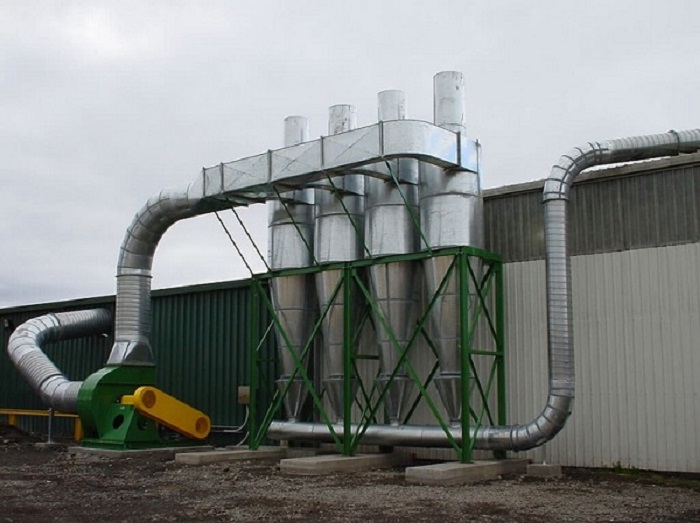Most of the industries, plants, and factories emanate odours in the environment. Controlling the odour is a major concern as it spreads to a large area and affects a lot of people. This may result in environmental damage and air pollution to a large extent. If poisonous gasses being emitted, the health and well-being of people might be endangered. Did you know that Sulphur and ammonia-based components can be extremely harmful? The industrial odour is a major problem and a cause for concern.
However, odour scrubber techniques should be implemented to tackle this problem. Before arriving at a custom-made solution to tackle the odour problem, once should know what kind of odours are being released. Once you know about this, you will be able to implement the right solution for it. Sometimes installing a gas rubber or implementing simple odour scrubbing processes helps immensely. In this blog, we are going to discuss odour scrubbers adopted at the industrial level.
Odour restoration knowledge is important, and some technicians have knowledge about this. Some of the popular odour scrubbing techniques are mentioned below, which can be implemented by the technicians to clean the air and remove the odour.
Scrubbing
One of the oldest and one of the most effective ways to cleanse the air is cleaning and scrubbing. If you want to remove water-soluble odours, use a detergent soluble in water to clean the surfaces with it for effective results. You will notice that the odour has gone.
Venting out the gases
Sometimes, the air is trapped at plants and factories. The air is unable to find an escape. Lack of fresh air, sunshine can cause a lot of bad odour as well. All you need to do in this case, let fresh air come in along with some sunlight. You can also resort to the implementation of thermal, chemical, and biological oxidation as odour scrubbers.
Oxidation technique
The factories and plants emanate odour producing chemicals like hydrogen peroxide, ozone, and others that easily oxidize in the air. Sodium hypochlorite is one of the most common compounds that is released by industries that creates an odour. One of the best uses of hydrogen peroxide is to neutralize harmful pollutants. Ozone is an extremely powerful compound that causes oxygen to decompose. Oxidation is a fairly simple process, but you need a trained technician to implement this process to remove odours.
Sanitization
We sanitise our hands before we eat food so that all the harmful dirt, bacteria, and any smell is washed away. The same needs to be done for odour producing agents. Sanitization is a fairly simple process and is an effective odour scrubber method. Sanitization will help get rid of all the harmful microorganisms an odour in a quick manner.
Odour neutralisers
We all use essential oils for their healing properties and aroma. The same can be used as an odour scrubbing agent. The overwhelming odour will be neutralized by the beautiful aroma of the essential oil.
The soil has many microorganisms present, and these are can naturally help in removing the odour. The fungi and bacteria in the soil have been especially used to remove the smell of urine. Also, the soil must be slightly moist so that it effectively removes the odour from the area.
Whether it’s a surface or a carpet- there is dirt, bacteria, and odour which is very harmful. The process of encapsulation reduces odour because they trap the harmful bacteria that spreads bad smell.
Industrial areas emanate different types of chemicals and compounds that are harmful. Also, there is odour which can be overwhelming and dangerous. The surface can be odour free and clean with the implementation of simple and effective odour scrubbers, which can be done by the technician so that there is no damage or mishap.

